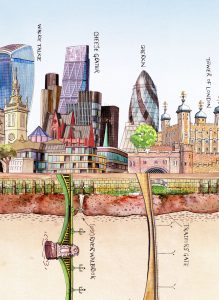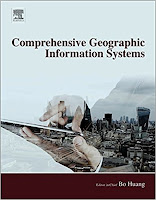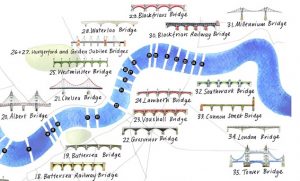Call for Papers – Computation for Public Engagement in Complex Problems: From Big Data, to Modeling, to Action
We welcome paper submissions for our session(s) at the Association of American Geographers Annual Meeting on 9-14 April, 2018, in New Orleans.
Session Description: In line with one of the major themes of this conference, we explore the opportunities and challenges that geo-computational tools offer to support public engagement, deliberation and decision-making to address complex problems that link human, socioeconomic and biophysical systems at a variety of different spatial and temporal scales (e.g., climate change, resource depletion, and poverty). Modelers and data scientists have shown increasing interest in the intersection between science and policy, acknowledging that, for all the computational advances achieved to support policy and decision-making, these approaches remain frustratingly foreign to the public they are meant to serve. On one hand, there is a persistent gap in the public’s understanding of and reasoning about complex systems, resulting in unintended and undesirable consequences. On the other hand, there is significant public skepticism about the knowledge generated by the modeling community and its ability to inform policy and decision-making.
We invite theoretical, methodological, and empirical papers that explore advances in geo-computational approaches, including part or all the process to address complex problems: from data collection and analysis, to the development and use of models, to supporting action with data analysis and modeling. We are interested in any work that contributes towards the overall goal of supporting public engagement and action around complex problems, including—but not limited to—the following topics:
- epistemological perspectives;
- extracting behavioral rules from novel and established data sets;
- innovative applications of complex systems techniques, and
- addressing the challenge of complex systems model calibration and validation.
Please e-mail the abstract and key words with your expression of intent to Moira Zellner (mzellner@uic.edu) by October 18, 2017 (one week before the AAG abstract deadline). Please make sure that your abstract conforms to the AAG guidelines in relation to title, word limit and key words and as specified at: http://annualmeeting.aag.org/submit_an_abstract. An abstract should be no more than 250 words that describe the presentation’s purpose, methods, and conclusions.
Timeline summary:
- October 18, 2017: Abstract submission deadline. E-mail Moira Zellner (mzellner@uic.edu) by this date if you are interested in being in this session. Please submit an abstract and key words with your expression of intent.
- October 23, 2017: Session finalization and author notification.
- October 25, 2017: Final abstract submission to AAG, via the link above. All participants must register individually via this site. Upon registration you will be given a participant number (PIN). Send the PIN and a copy of your final abstract to Moira Zellner. Neither the organizers nor the AAG will edit the abstracts.
- November 8, 2017: AAG session organization deadline. Sessions submitted to AAG for approval.
- April 9-14, 2018: AAG Annual Meeting.
Organizers:
- Moira Zellner, Department of Urban Planning and Policy, University of Illinois at Chicago.
- Andrew Crooks, Department of Computational and Data Sciences, George Mason University
- Tom Evans, Department of Geography, Indiana University
- Jeon-Young Kang, Department of Geography, SUNY at Buffalo
- Jared Aldstadt, Department of Geography, SUNY at Buffalo
- Arika Ligmann-Zielinska, Department of Geography, Michigan State University
Continue reading »
![]()

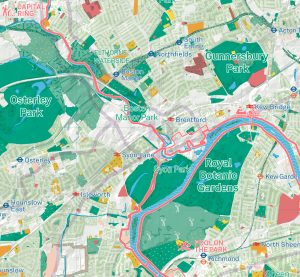







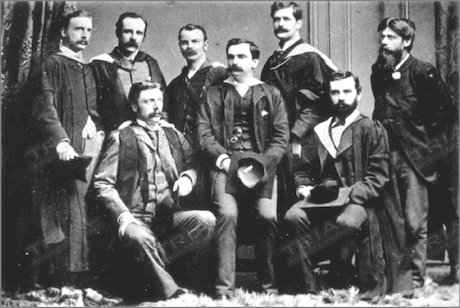 The Editor of Landscape and Urban Planning has chosen our paper by Stephen Marshall and myself on Patrick Geddes as Editor’s choice. Our prize is that you can download it free from here and I do not have to post it …
The Editor of Landscape and Urban Planning has chosen our paper by Stephen Marshall and myself on Patrick Geddes as Editor’s choice. Our prize is that you can download it free from here and I do not have to post it … 
 I gave two lectures on our smart cities projects to Geography at Nanjing Normal University and to a selection of researchers at Shenyang Jianzhu University drawn from architecture, urban planning, transport and GIS on the 25th and 27th September 2017. I …
I gave two lectures on our smart cities projects to Geography at Nanjing Normal University and to a selection of researchers at Shenyang Jianzhu University drawn from architecture, urban planning, transport and GIS on the 25th and 27th September 2017. I … 
